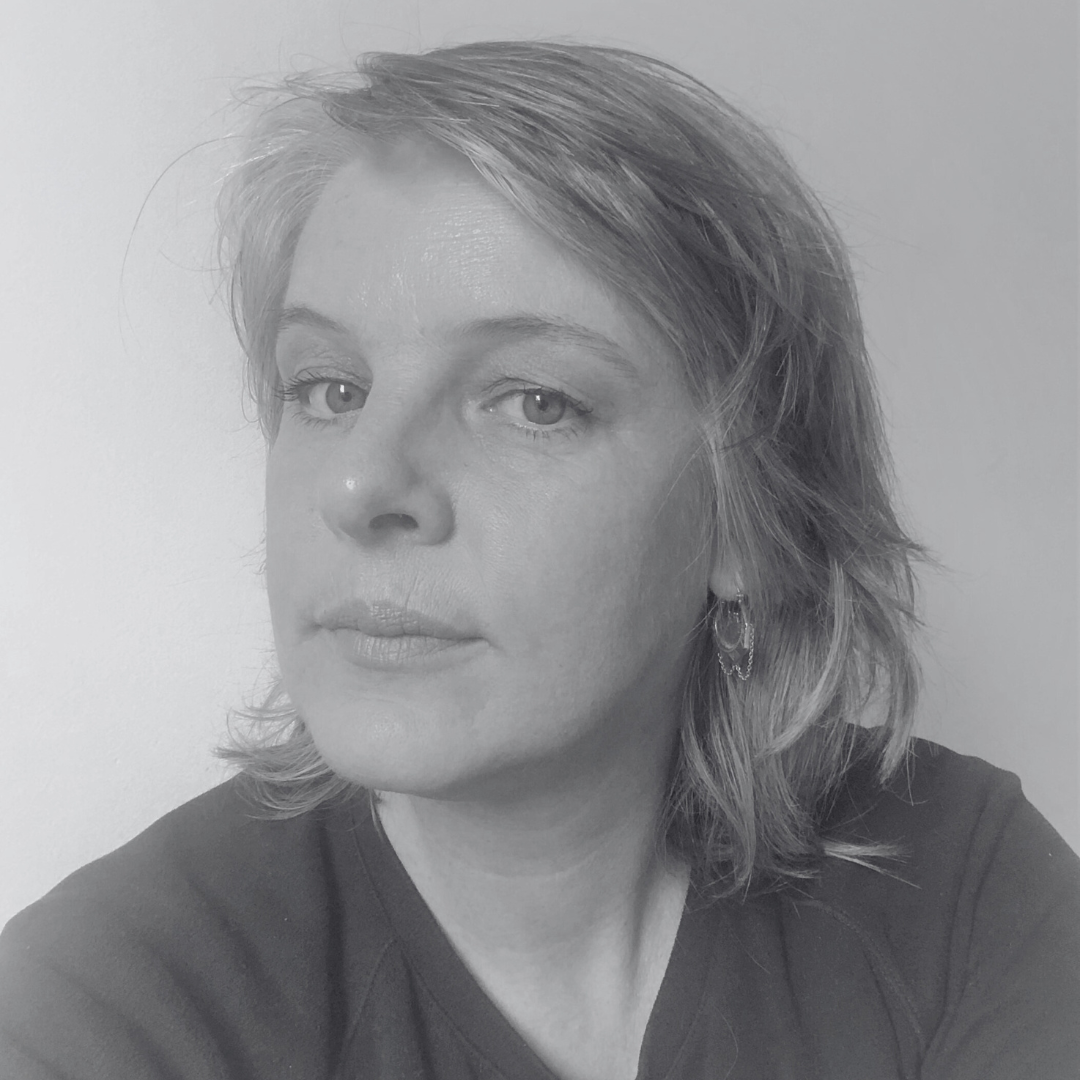The costumes for our production ATMEN are skillfully designed by Jessica Helbach. With her background in fashion design and visual arts, she thrives on the intersection of art and fashion. Jessica and Nicole Beutler, both interdisciplinary artists, have formed a successful team for over ten years with excellent collaboration.
This interview provides a deeper insight into Jessica's creative process in designing the costumes for ATMEN.
Can you give us a brief preview of your designs so far?
Designing costumes for ATMEN is quite a challenge. In ATMEN, nature takes the lead role, and the performers, costumes, and music are subordinate to it. Therefore, I can't dress the singers and dancers too boldly or spectacularly, as they shouldn't be too prominent. At the same time, they need to be present enough to capture the audience's attention. It's a search for the right balance.
Considering a scenario where humans have to survive, what items would be useful? Currently, I've gathered various elements that the performers can use to hide. I have green-beige ghillie suits, army tents, a hood from a stroller... These are objects you can wear around your body to protect yourself from 'whatever threat.'
On the other hand, ATMEN is about transition and transformation. What if humans are transitioning into a different life form? What does a human-animal, human-object, or human-machine look like? I'm currently exploring this with different materials and forms.
I think the final image will evolve from people putting on various things to hide and protect themselves to individuals becoming increasingly challenging to interpret in terms of appearance. People with horns growing from their heads, having fur, or possessing hands that no longer look human.
Where do you draw inspiration for designing the costumes for ATMEN?
Last year, I spent five days in the primeval forest in Poland with the creative team of ATMEN. This experience left a profound impact on me. We ventured into the forest with a guide, there were no trails, lots of fallen trees, it started raining, and it got cold. I became anxious and felt that if I were to lose the guide, my chances of survival wouldn't be high. In that forest, I realized how threatening nature can be, and I felt how small and insignificant humans truly are. Suddenly, I began to understand the importance of having proper gear, something to keep you dry, something to make a fire. That equipment can be vital for survival. This experience became a significant inspiration for me in designing the costumes for ATMEN, where the performers also roam in an abandoned area where nature reigns supreme.
What is your personal relationship with the theme of ATMEN?
I am deeply concerned about the climate. It makes me sad and despondent; perhaps, at times, I experience climate depression. I find it fantastic that Nicole creates performances on this theme. The previous production in the trilogy, GINKGO, was quite complex. It delved into the grief and sorrow one feels when realizing it's too late. However, in ATMEN, we see that the end of humanity is not the end of the planet. That is a hopeful scenario. I am deeply attached to people and life, but perhaps even more so to this planet.
To what extent do you take climate into account in your own designs?
It's an endless struggle. I try to work as much as possible with second-hand materials. Interestingly, I've always done that. In the 1980s, when I was a student, there was already a love for second-hand items. Back then, it was more about the appearance of clothing, the romantic longing for the past. Since then, I've always continued to work with second-hand clothing. For theater productions, I often try to create a mix, incorporating both new and old items. It's a compromise I make to achieve a strong visual impact. For ATMEN, the use of second-hand materials is quite evident. The costumes don't need to have bright colors or be flashy.
Additionally, I believe that art has a crucial role to play in the climate crisis. (Too many) items are often purchased with the aim of elevating our status or making us more beautiful. We shop to fill a certain void. But if you're content, you actually need very little, though we don't always feel that way. Art can help alleviate that sense of emptiness.

